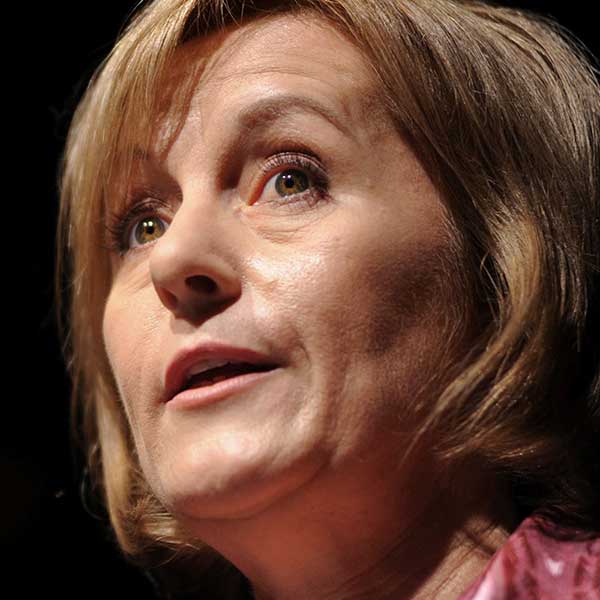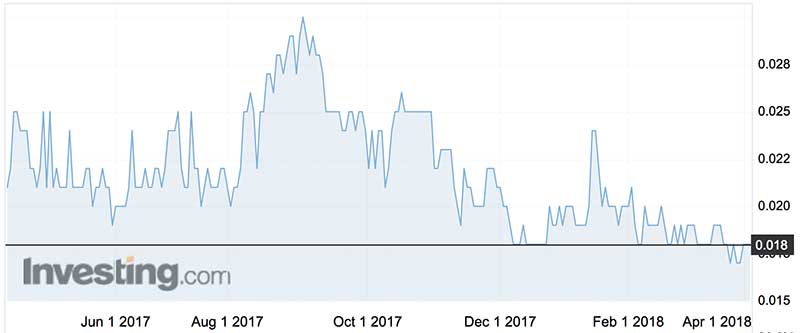Gold explorer Metal Bank thinks it has something the market will ‘jump at’
Mining
Mining
Gold explorer Metal Bank is aiming for a maiden resource estimate in Queensland by July — but that’s just for starters, reports Barry FitzGerald in his weekly Garimpeiro column.
Little gold explorer Metal Bank (ASX:MBK) is out to prove it’s onto something big at its Triumph project in south-east Queensland.
It is pursuing a two-pronged strategy of proving up maiden high-grade, open-cut resources at multiple prospects, and then using them as a pathfinder to a suspected bulk tonnage “mother” system at depth.
Should it come up trumps Metal Bank chair Ines Scotland will cement her status as Australia’s most successful self-made female miner.
Scotland is best known for growing the ASX-listed Citadel Resources from a sleepy explorer into a $1.3 billion company that got taken over in 2011 on the strength of its Jabal Sayid copper development in Saudi Arabia.
The boots-on-the-ground responsibility of proving up the big time potential of Triumph — a one-hour drive south of Gladstone and the scene of a brief gold rush in the 1890s — rests with Metal Bank’s managing director and veteran geologist Tony Schreck.
“We are working on two-pronged strategy,’’ Schreck told Stockhead’s Garimpeiro column.

The first is to report a maiden resource estimate — possibly as early as July — from a cluster of prospects associated with five historic high-grade mines where near-surface and high-grade mineralisation has been encountered in the first ever drilling campaign at Triumph.
The ambition is to eventually have multiple shallow open pits feeding a central treatment plant.
Metal Bank has just announced another batch of near-surface and high-grade hits from drilling at the Advance prospect at Triumph.
Best results included 3m at 25 grams of gold a tonne from 17m and 3m at 9.6g/tonne from 14m. Silver, lead and zinc values were also reported.
The continued success in the shallow mineralisation program has prompted Metal Bank to kick off work to establish an initial resource estimate.
To that end, metallurgy and mining studies have started with the help of specialist consultants.
At the same time, Metal Bank continues with a bedrock drilling program — aided by geophysical targeting — to uncover new prospects hidden from the old-timers by the region’s extensive cover which averages about 4m depth.
“Importantly, we’ve done a lot of detailed geophysics which have identified targets under cover,” Schreck said.
“So the bedrock drilling is going to open up a lot of new areas in addition to the five main targets we are drilling at the moment (priorities because they were outcropping and have historical mines on them).”
The open pit scenario pretty much covers Metal Bank’s $16 million market cap at its last sale price of 1.8c a share.
But it is the second leg of the strategy which could deliver the real excitement.

“All the data we are collecting from the open-pit scenario work is helping us work out where the big mother system for the whole project area is situated,’’ Schreck said.
“And that is something the market will really jump at once we can show some evidence that we are on to that big system.’’
“The near-surface and high-grade mineralisation we are drilling now is just a stepping stone to understanding where the big bulk tonnage system at depth is.
“So in a sense we will get the near-surface resource ‘free’ out of the exploration looking for the really big system at depth.”
> Bookmark this link for small cap breaking news
> Discuss small cap news in our Facebook group
> Follow us on Facebook or Twitter
> Subscribe to our daily newsletter
Reporting the multi-element results from the Advance prospect, Metal Bank noted the similarities with the 1.3m oz Mt Wright gold deposit at Ravenswood in Queensland, owned by ASX-listed Resolute Mining (ASX:RSG).
“We’ve got analogies with the Mt Wright deposit as where we’re getting our high-grade gold, we are seeing lead and zinc with that as well,” Schreck said.
“And that is really typical of the outer halo of large, intrusive related systems.
“At Advance we can actually see in the geophysics changes some 200m below surface. That alone has a lot of similarities with the Mt Wright deposit.”